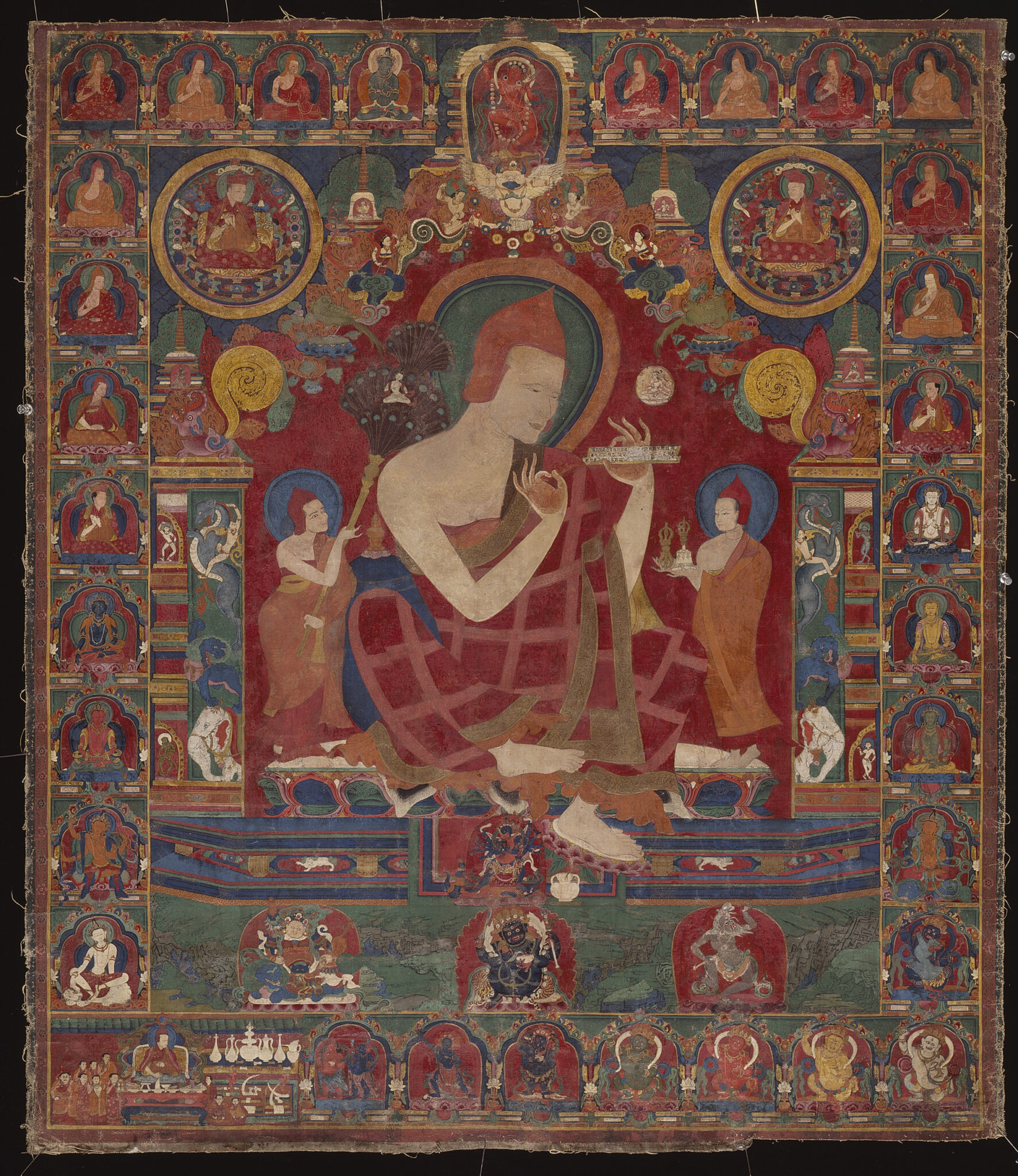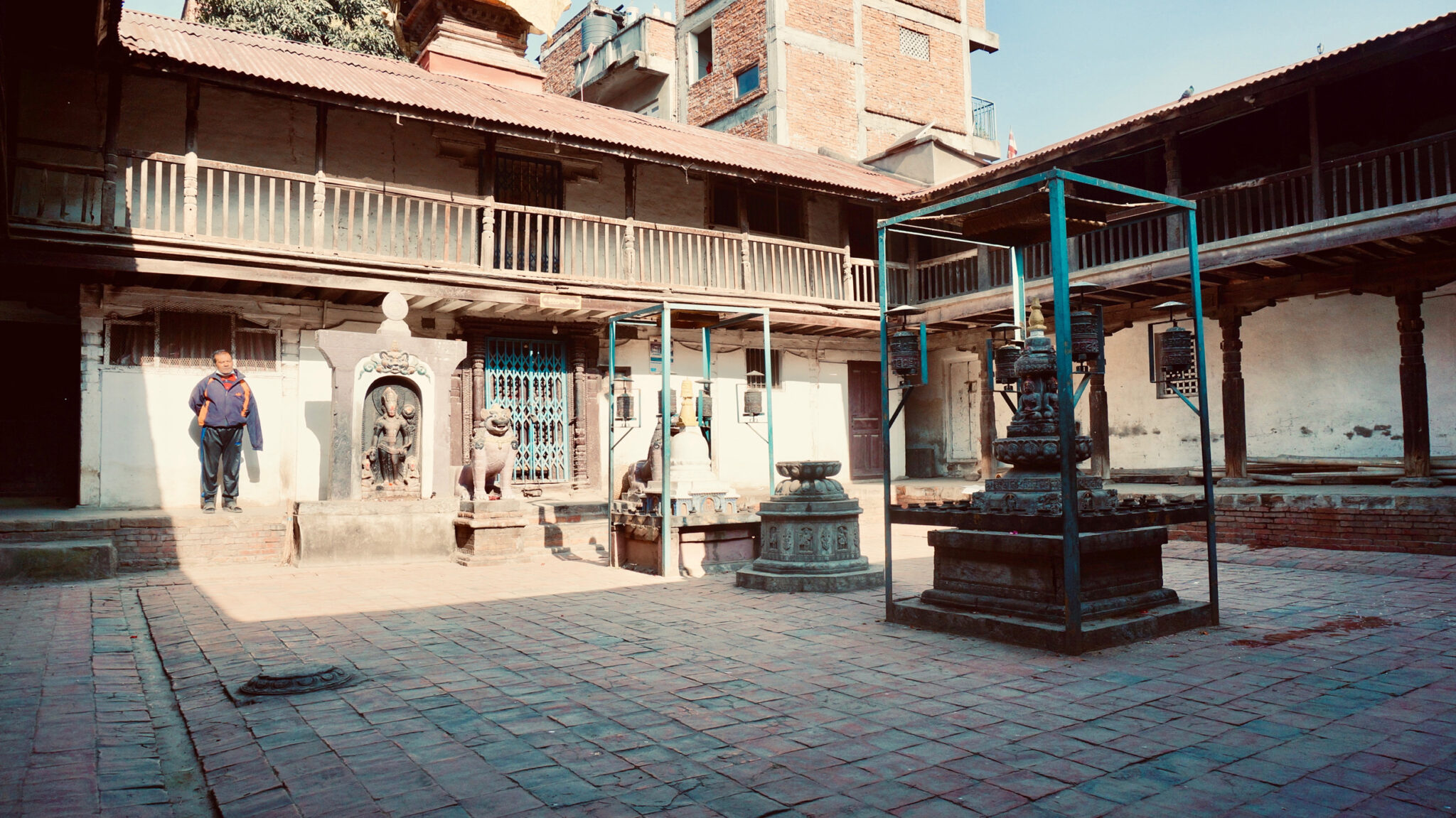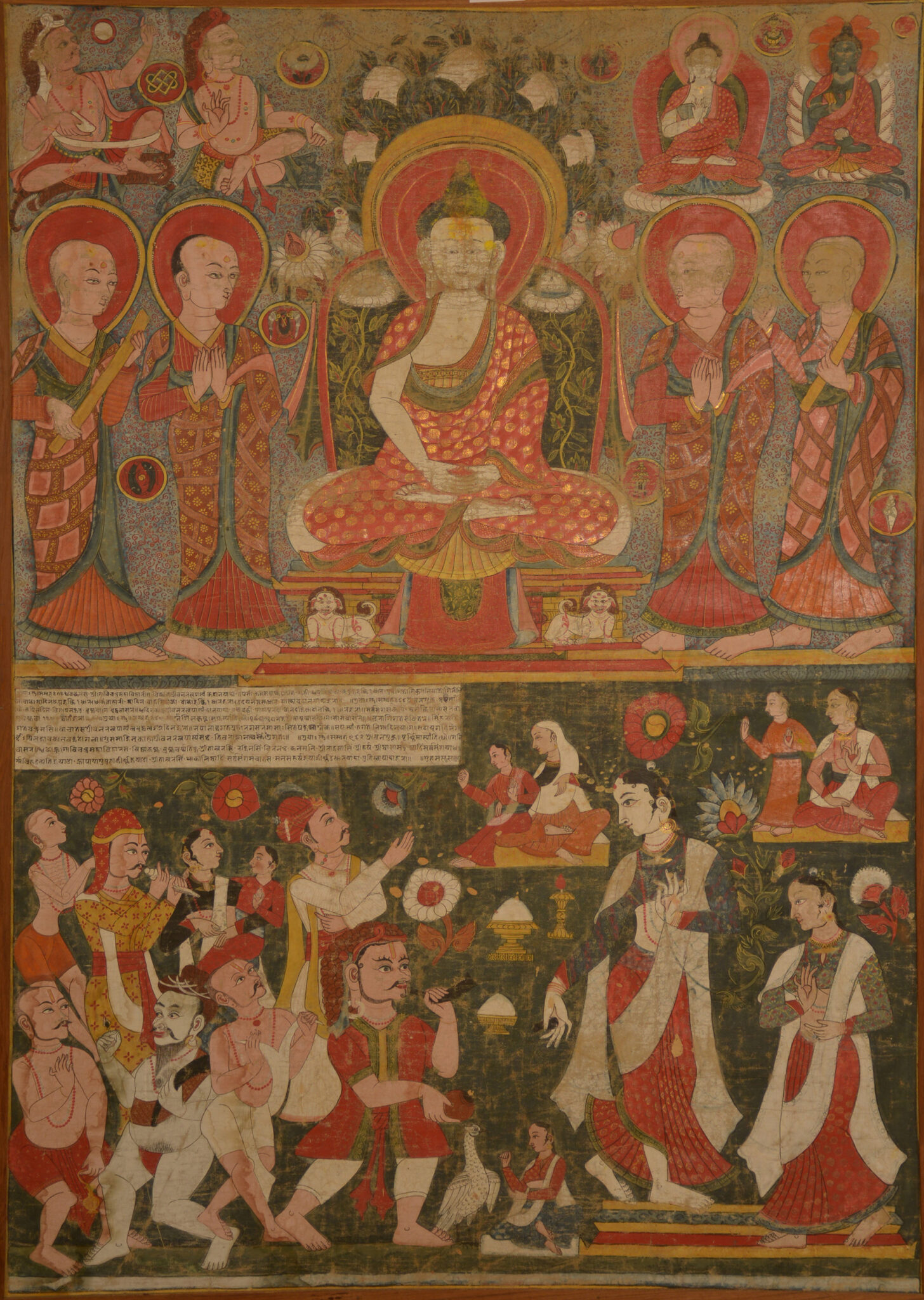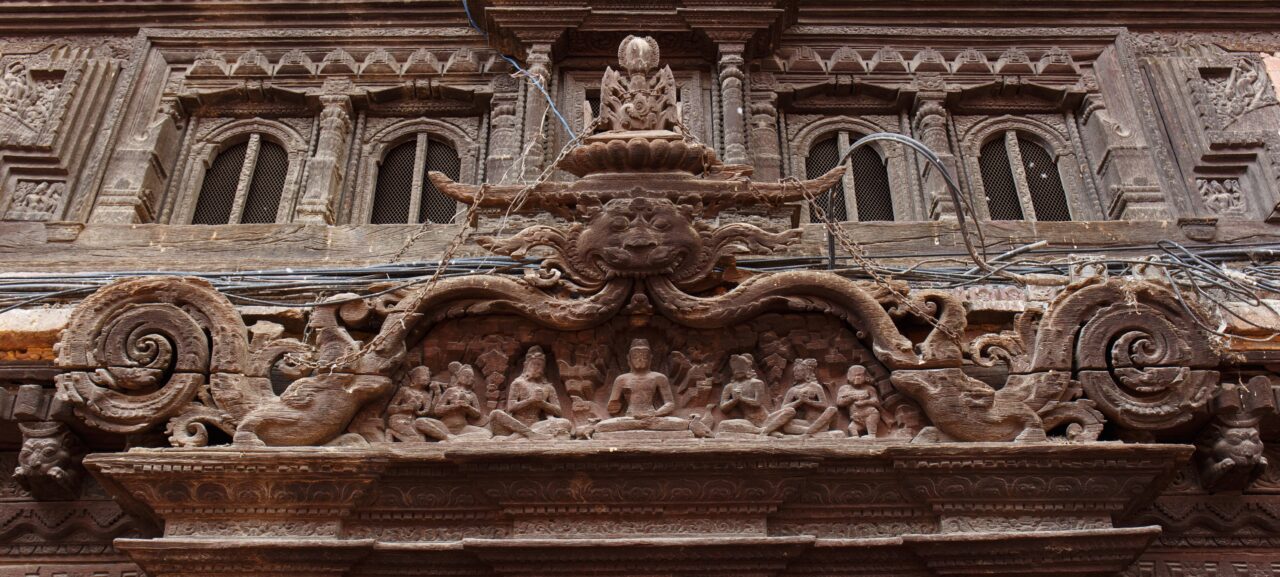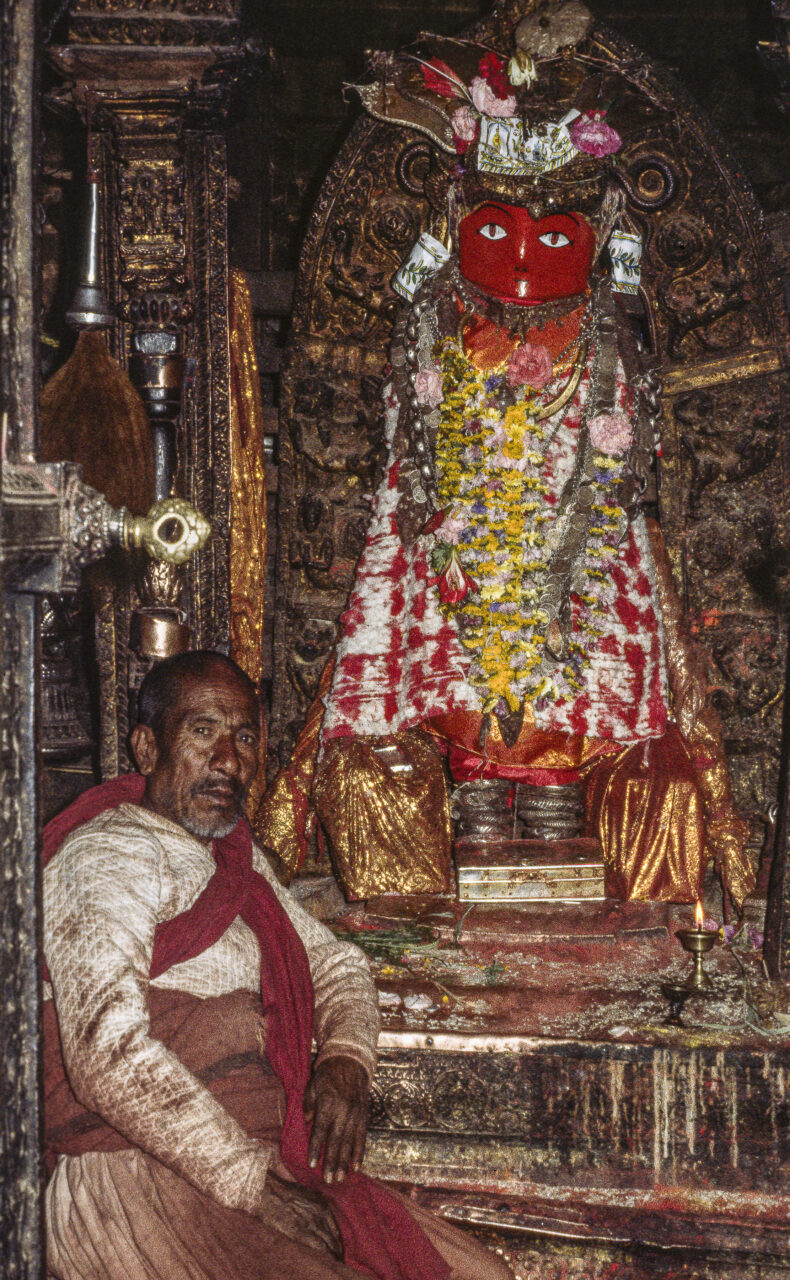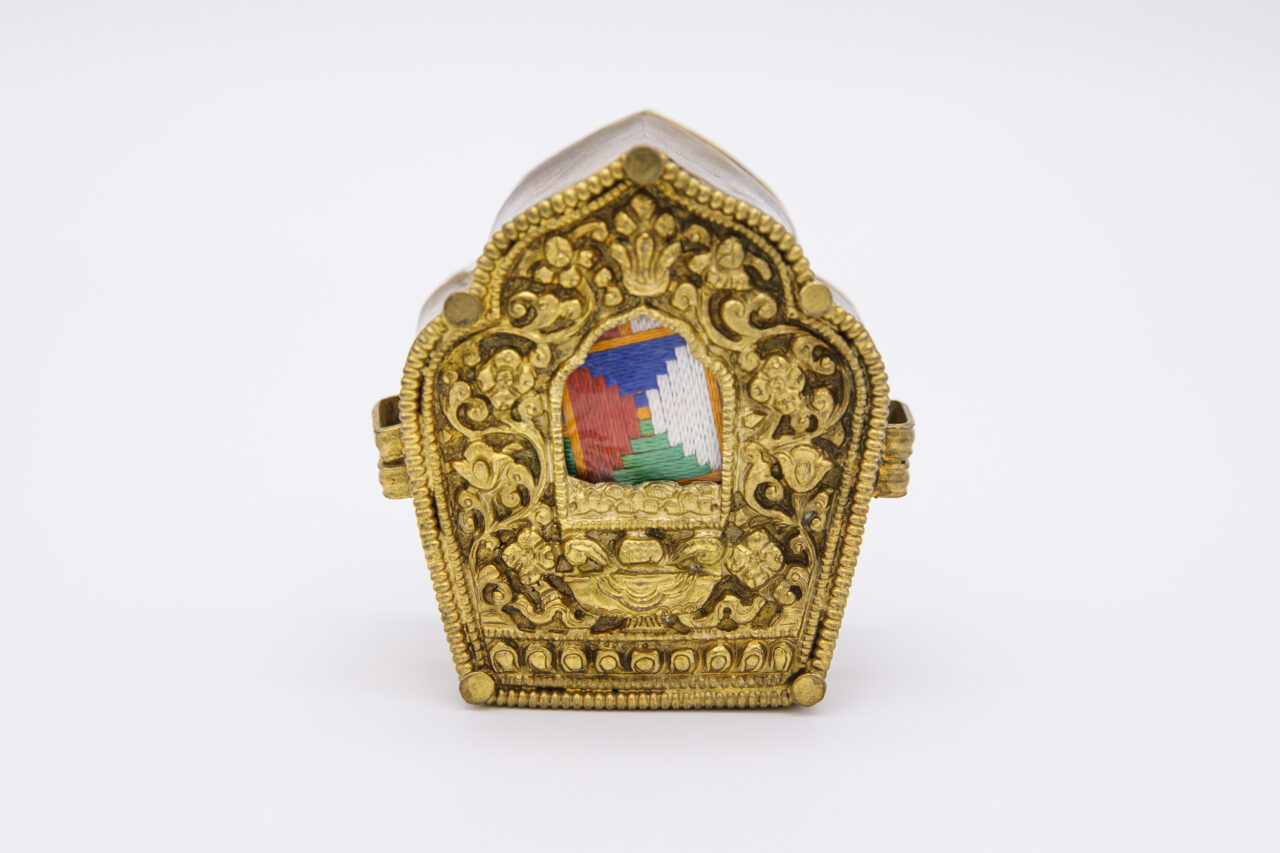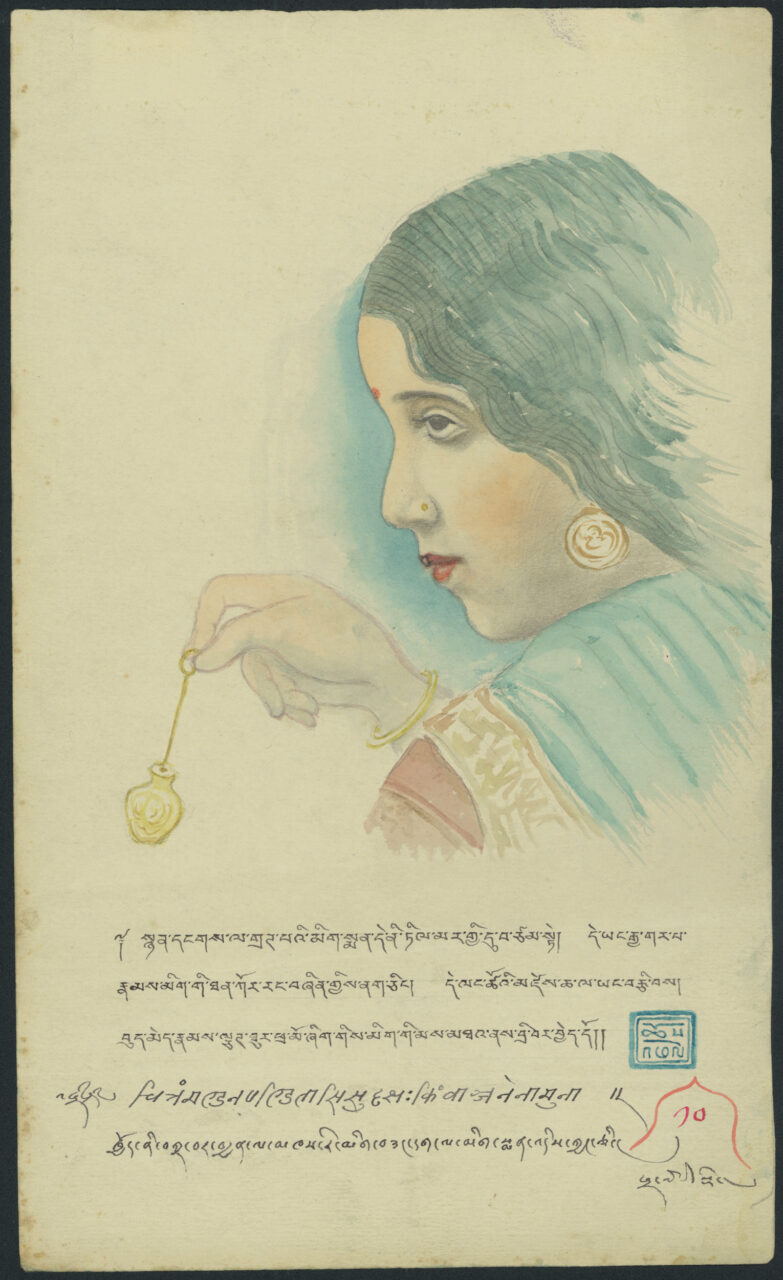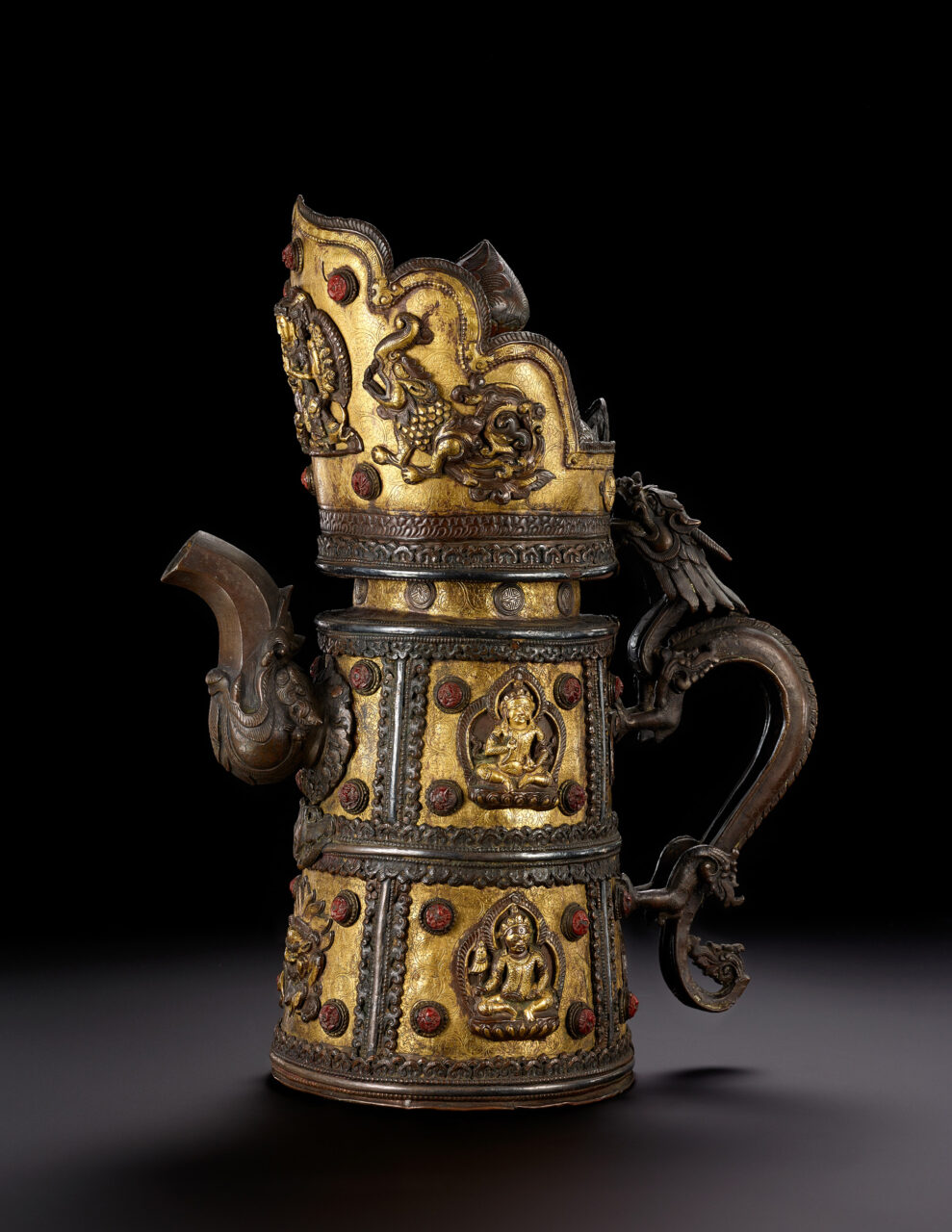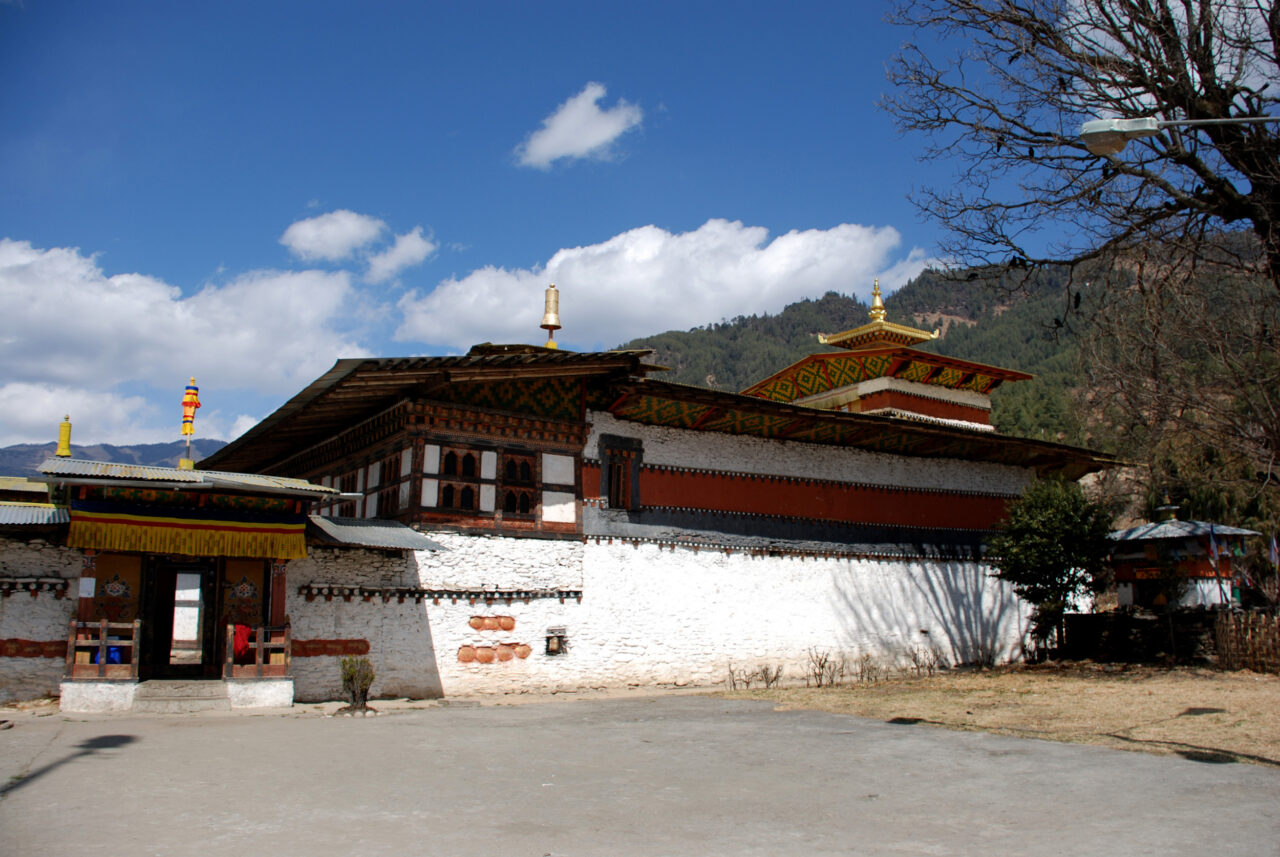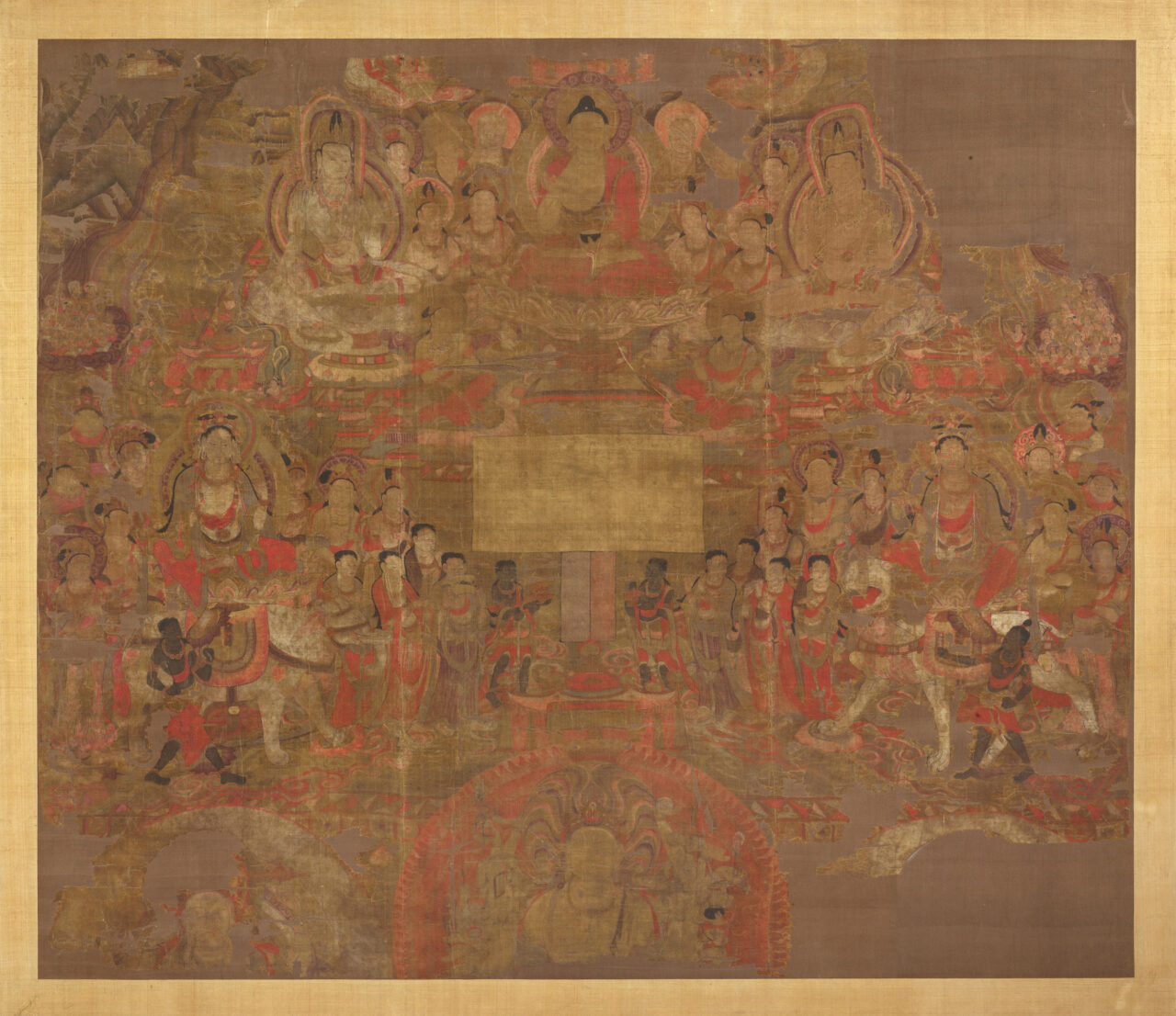A monastery is a place where monks live, study, and perform ritual. It includes temples and other structures. Monasteries are central to Buddhism, and are also important in Bon, Hinduism, and Daoism. In Himalayan, Tibetan, and Inner Asian areas, some monasteries are enormous, wealthy, and powerful institutions, with branches of satellite monasteries forming networks across regions, often with thousands of monks, many decorated chapels, and huge holdings of land. Other monasteries, called hermitages, can be extremely simple, little more than a cave where hermits meditate. Generally, a Tibetan Buddhist monastery will have an assembly hall, several temples (Tib. lhakhang) for worship of specific deities, a protector chapel, as well as monks’ accommodations. A related institution in Newar Buddhism are the baha and bahi.
The Newar People of the Kathmandu Valley of Nepal retain the unbroken traditions of Mahayana and Vajrayana Buddhism south of the Himalayas, preserving many ritual practices and Sanskrit-language texts that have been lost elsewhere. Celibate monasticism is no longer practiced among the Newars, but instead Buddhist ritualists are divided into two castes. One is the Shakyas, temple-priests who maintain ancient urban monasteries (Newar: bahas, bahis) as places of worship. The other is the Vajracharyas, tantric specialists who perform rituals at communal festivals and important life events. The Svayambhu Stupa is the most important ritual center for Newar Buddhists and the center of the Kathmandu Mandala. Today many Newars also practice Theravada and Tibetan Buddhism.
Pandita is an honorary title for a highly learned Buddhist scholar. Tibetans reserve this title for great scholars who were also teachers, for instance Sakya Pandita or the Panchen (“Great Pandita”) Lama tulku lineage.
A practice of hiring and commissioning artists to create works of art. In religious context patrons were often rulers, religious leaders, as well as ordinary people. (see also donor)
Tara is an important deity in Mahayana and Vajrayana Buddhism. Sometimes considered an emanation or consort of the bodhisattva Avalokiteshvara, Tara is known as a savioress who rescues those in peril. Tara has many different peaceful and wrathful forms, but she is often depicted as either green or white. The green form is associated with her limitless activity, and white with granting a long life. The green and white Taras are also associated with, respectively, the Nepalese princess Bhrikuti and the Chinese princess Wencheng, semi-legendary wives of the Tibetan emperor Songtsen Gampo (d. 649 CE), himself said to be an emanation of Avalokiteshvara. In one popular story Tara is said to have vowed to always appear in female form.
In Vajrayana Buddhism, a Vajracharya is a general term of respect for a teacher or tantric master who gives teachings and abhisheka initiations. In Newar Buddhism, Vajracharya is a specific caste of non-celibate ritual professionals, who make a living performing tantric rituals on behalf of members of the community.





